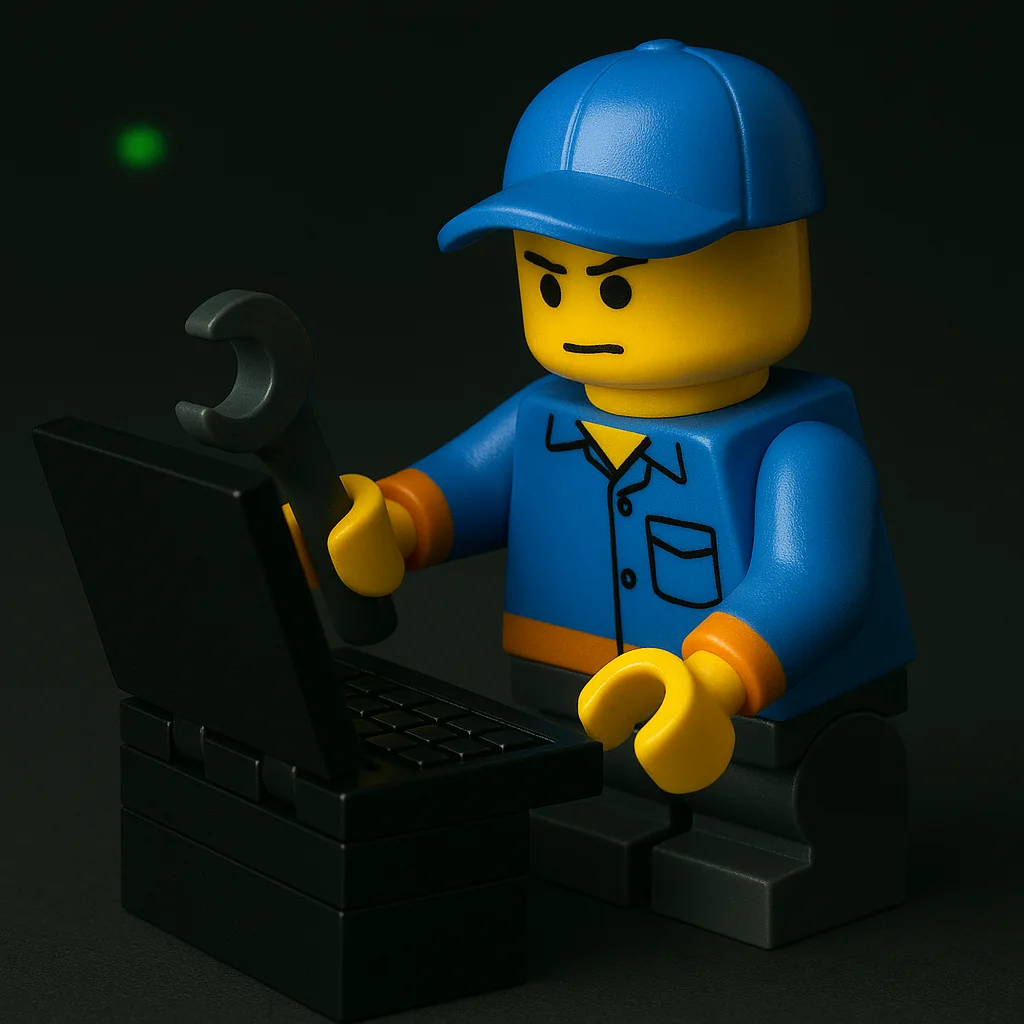Why does my computer boot so slow?

Table of Contents
Could be a few things, and they often stack:
- Too many startup programs or services; check Task Manager > Startup and disable non-essentials.
- Failing HDD (SMART warnings, high reallocated sectors); an SSD upgrade can be night-and-day.
- Windows file system errors; run “chkdsk” and “sfc /scannow”.
- Low RAM causing disk thrash; check memory pressure in Task Manager.
- Outdated BIOS/UEFI or storage drivers slowing handoff.
Need help? Check here: /services/computer-maintenance/
What it might be (likely causes)#
Startup bloat: Many apps set themselves to launch on boot. High “Startup impact” adds seconds that add up to minutes.
See a broader speed-up overview: /posts/speed-up-old-laptop/Spinning hard drive fatigue: Old HDDs with growing SMART errors (reallocated/pending sectors) can stall during boot. Upgrading to an SSD is usually the single biggest improvement.
Related aging-PC symptoms: /posts/top-problems-10-year-old-pcs/File system repairs pending: Corruption or dirty shutdowns force Windows to run checks at boot, stretching the timeline.
Low memory: If RAM is tight, Windows leans on the pagefile. On HDDs this feels glacial; on SSDs it’s still noticeable.
Considering a clean OS move? The “why” behind switching is here: /posts/windows-10-end-linux-kirksville/Firmware / storage driver handoff: Old BIOS/UEFI, RAID/Intel RST modes, or outdated NVMe/SATA firmware delay device detection.
Peripheral timeouts: A flaky USB drive, SD card, or external disk can hijack boot order or add retries.
Things to check (safe, quick wins)#
Trim Startup Apps
PressCtrl+Shift+Esc→ Startup tab → Disable anything non-essential (cloud updaters, game launchers, printer helpers). Reboot and time it.Health & Disk Check
- Open PowerShell (Admin):
chkdsk C: /scan(online scan, non-destructive)sfc /scannow(repairs system files)
If errors recur, runDISM /Online /Cleanup-Image /RestoreHealth.
- Open PowerShell (Admin):
SMART Status
Use your preferred utility to read SMART. If you see reallocated/pending sectors, plan migration. Pre-migration backup tips here: /posts/simple-data-backups-without-cloud/RAM pressure
During a slow boot, open Task Manager → Performance. If Memory is pegged near 90–100% once the desktop appears, more RAM (or fewer autostarts) will help.Firmware & Boot Order sanity check
Enter UEFI setup (oftenF2,Del,F10). Ensure the system drive is first, disable network/PXE and odd removable devices from early boot.
If you need boot-keys or brand specifics: /posts/boot-from-usb-every-major-system/Storage mode
If you’re not using RAID, AHCI is usually simpler and faster for single-drive setups. Don’t switch modes blindly—changing IDE/RAID↔AHCI post-install can break boot without prep. See the broader boot-thinking primer: /posts/the-art-of-making-things-boot/
When to pause and get help#
- Frequent file system repairs (every few boots) or SMART attributes trending worse week-over-week. That’s early warning of a disk that may strand your data.
- Blue screens tied to
storport,nvme, oriastoradrivers during boot. - Boot loops after a firmware change or storage mode toggle.
In any of these, stop, back up, and consider a hands-on check. If you’re exploring a smoother OS that runs well on older hardware, the distro overview hub is here: /posts/linux-distros/
Insight#
Boot time is a systems story: firmware initializes hardware, the storage stack mounts volumes, services queue up, and your desktop finally breathes. The slowest link sets the tempo. Old HDDs stretch every step; low RAM forces paging; unneeded startup apps pile on. When you fix the worst offender first (usually disk or startup bloat), everything else suddenly feels competent again. Treat boot not as a mystery but as a pipeline—optimize the chokepoint, verify, then iterate.
Kirksville locals—need a careful tune-up, SSD migration, or clean startup plan?
See /services/computer-maintenance/.